Definition
Noun
A gram-negative single polar flagellum bacterium associated with cholera infection in human.
Supplement
Vibrio cholerae secretes cholera toxin a certain protein that caused watery diarrhea in which symptoms includes occasional vomiting, abdominal cramps and grey cloudy liquid diarrhea that leads to dehydration manifested by dry mucous membranes, thirst, decreased skin turgor, hypotension, sunken eyes, tachycardia, weak radial pulse, cramps, renal failure, seizures and eventually death.
Vibrio cholerae is the main cause of cholera, an extreme and most fatal illnesses wherein at the onset of symptoms an individual might die within 2-3 hours if no proper treatment given due to the mislay of gallons of protein free fluid, bicarbonates, ions and electrolytes.
Vibrio cholerae infects the intestine which increases the mucous production leading to diarrhea and vomiting. It is also transmitted via feces of an infected individual through drinking of unclean water and contaminated food.
Scientific classification:
Domain: Bacteria
Phylum: Proteobacteria
Class: Gammaproteobacteria
Order: Vibrionales
Family: Vibrionaceae
Genus: Vibrio
Species: Vibrio cholerae
See also:
• Bacteria
• Cholera
Dictionary > Vibrio cholerae
You will also like...
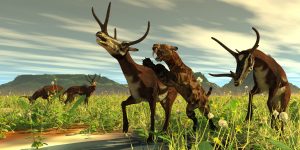
Early Mammals on Earth
The Earth's ecosphere was rapidly changing and throwing up a wide range of ecological niches that new adaptive organisms..
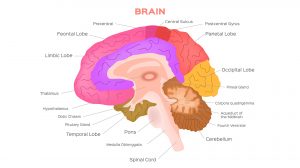
Human Neurology
Human Neurology deals essentially with the nervous system of humans. It also features the various theories put forward b..
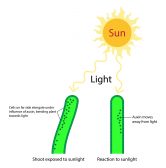
Plant Auxins – Phototropism & Geotropism
Plants produce hormones to regulate their growth. Auxins, for instance, influence plant growth. Know the role of auxin i..
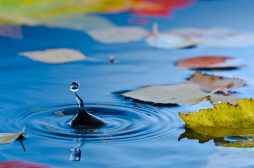
Abiotic Factors – Water Conditions
A still body of water may be disturbed by a variety of factors. One of them is wind. In fact, it is considered as the pr..
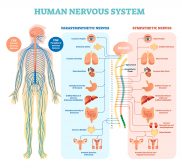
The Human Nervous System
The nervous system is essentially a biological information highway. This tutorial gives an overview of the nervous syste..

Muscle
Muscle cells are specialized to generate force and movement. Learn about the different types of muscle tissues in this t..

